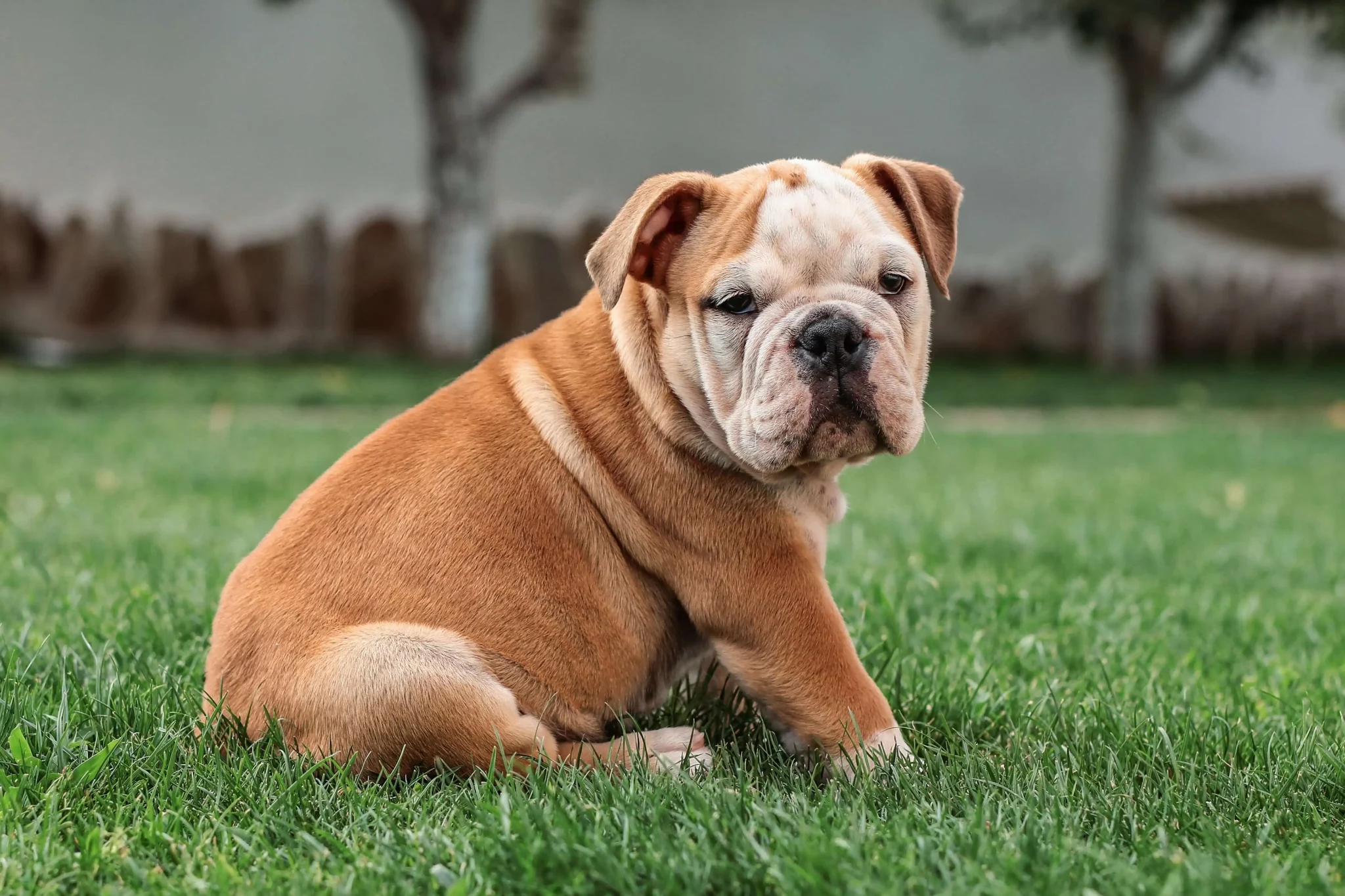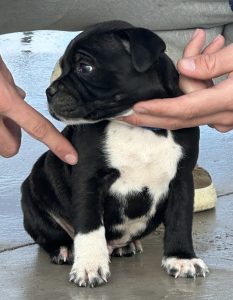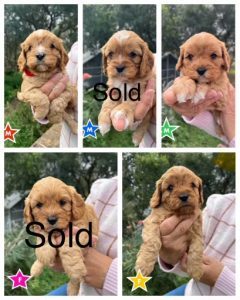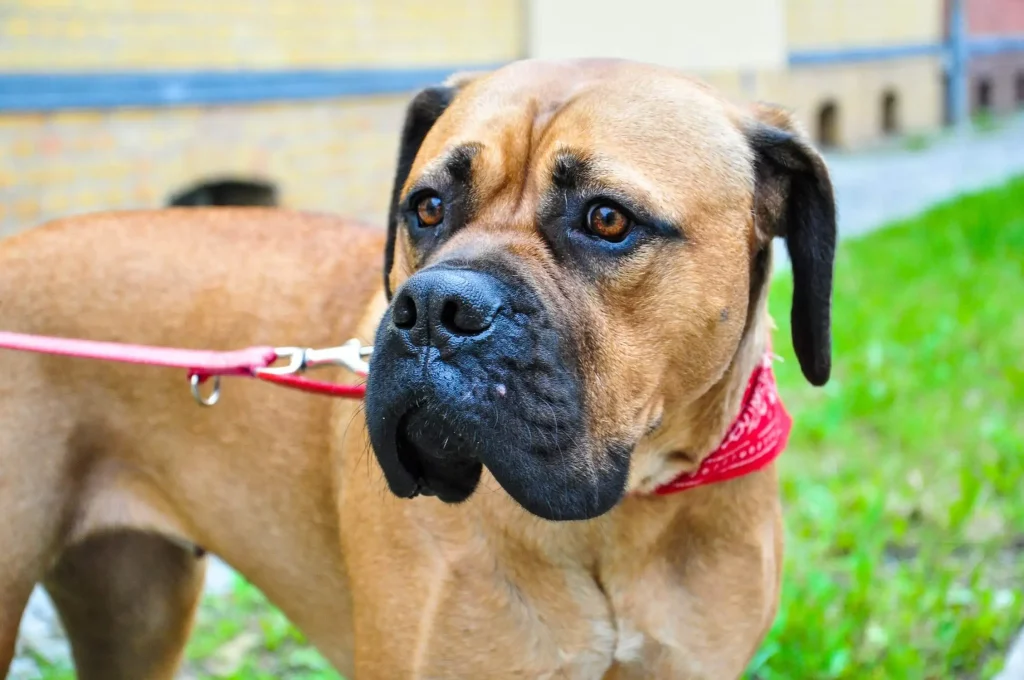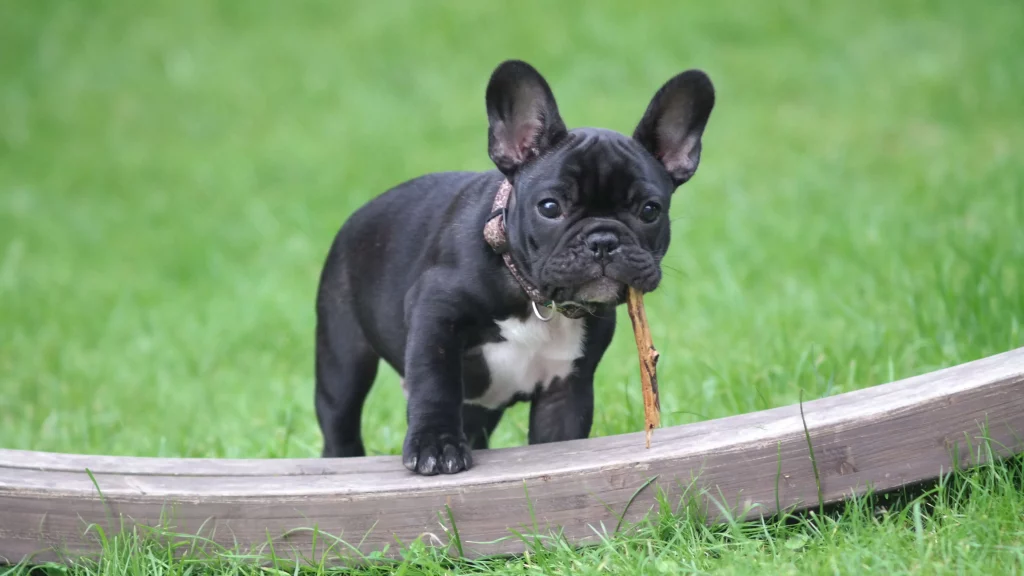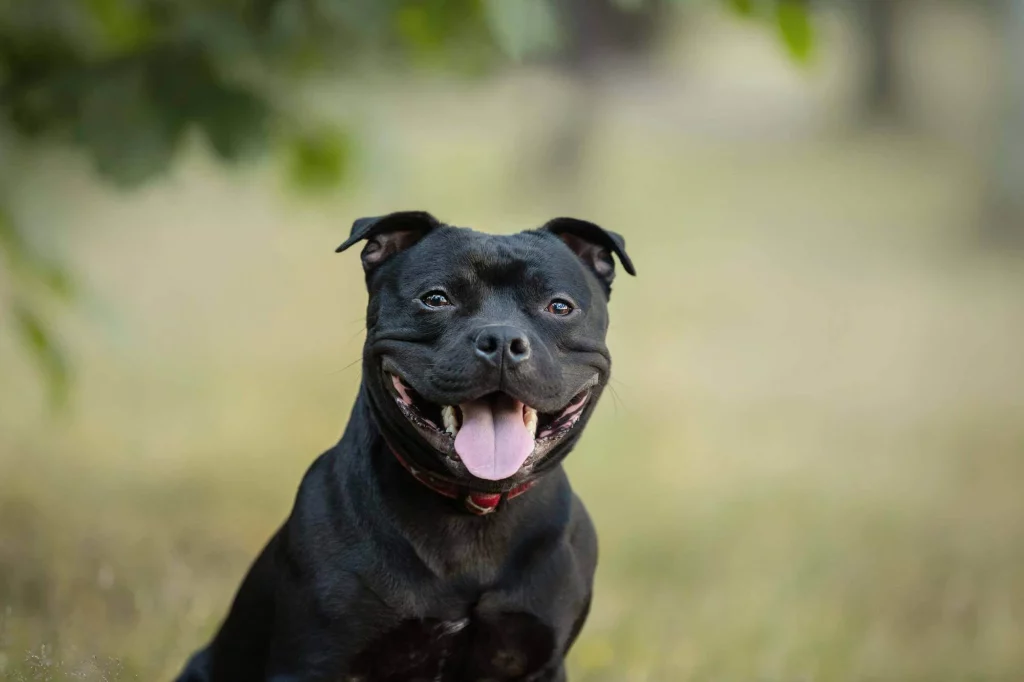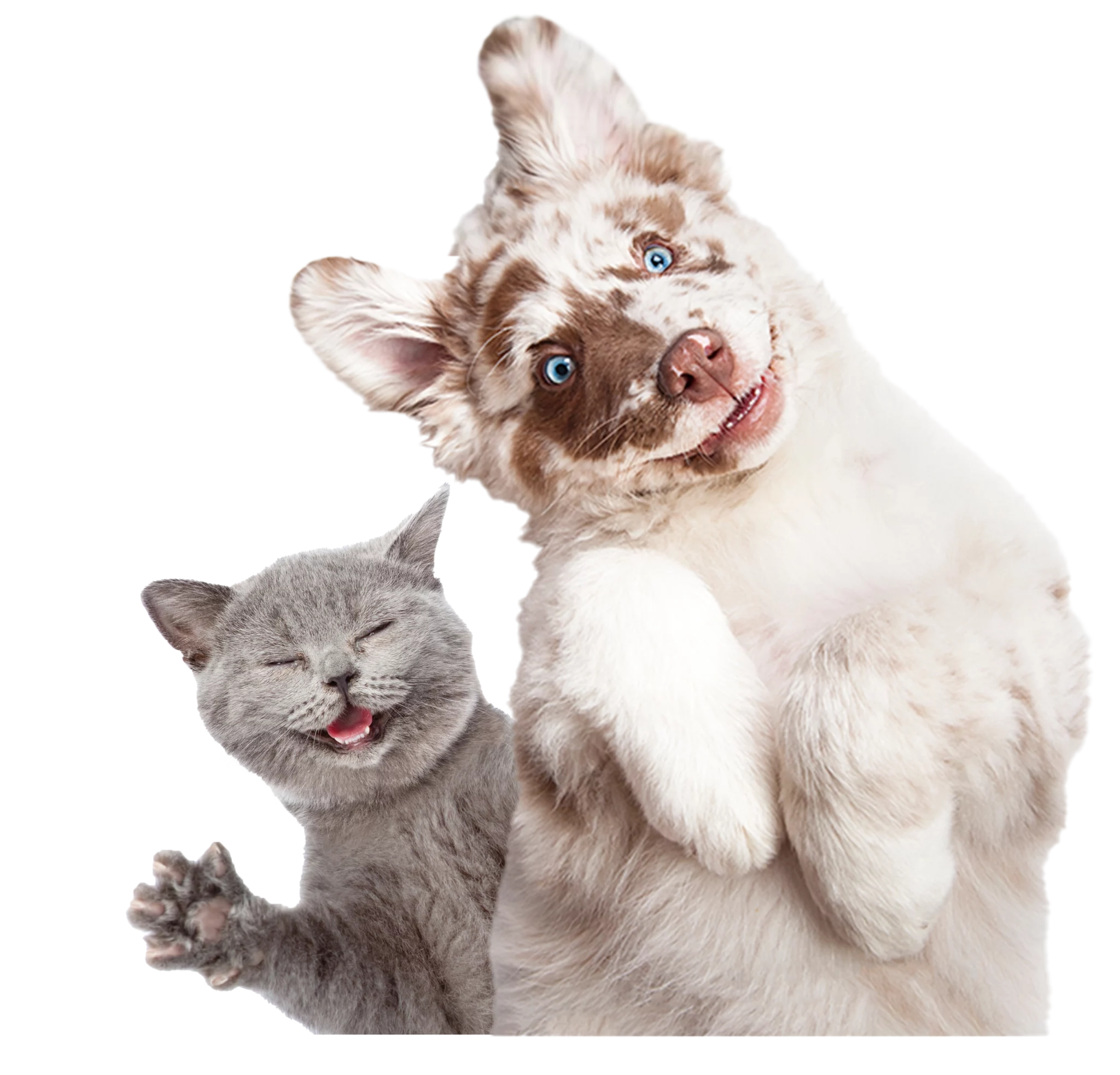Please provide my beautiful boy Zeus a new home. Zeus is a nearly 4 year old purebred English Bulldog with loads of personality and fun! Zeus is strictly an indoor dog who needs love and warmth from his future family. He is the most loving and kind dog I have ever come across. Zeus will always make you feel loved and cared for, just as much as you will love him. He gives the best cuddles ever and is always down for a snuggle on the couch. Zeus is toilet trained, house trained, vaccinated, microchipped and neutered. He is incredibly healthy and fit, with no medical problems. Zeus also LOVES children and other dogs, he thinks every dog is his best friend! The reason I’m needing to rehome him is because I’ve had a career change where I will be constantly traveling and won’t have time for him. Zeus will guarantee bring joy to your home just as much as he brought joy to ours ❤️.
Sarah
Beautiful red British bulldog puppy is looking for a family to love.
The most handsome and chunky in the litter , you will be in love with him.
ANKC registered breeder.
Visit our Facebook page for more photos https://www.facebook.com/profile.php?id=100069297707101&mibextid=LQQJ4d
Kate
* Location - Northern Rivers, NSW
* Name - Piglet
* Breed - British Bulldog
* Colour - Blue & Grey
* Age - 4 (D.O.B: 29.05.2018)
* Gender - Male
* Weight - 26kgs
* Spayed/Neutered - Yes
* Vaccinated - Yes
* Vet Checked/Health status or issues- vet checked, can develop allergies when stressed due to his pedigree breeding and ‘blue’ skin.
* Microchipped - 900079000641059
* Good with Cats - Yes
* Good with Dogs - generally good but requires leash until they meet.
* Good with cows and farm animals - Yes
* Good with Children - yes, older children & adores little children)
* Fence requirements for dogs - Standard fencing needed, no history of jumping fences.
* Info on behavior, personality, routines, specific diet/ongoing medications-
We are downsizing and moving and it’s only fair that our loyal pet Piglet has the best opportunity to be rehomed.
Currently, he lives with an Irish wolfhound on a farm. He is very good at the dog park and will play with big and small male and female dogs.
Piglet is a very fun dog to be around, he loves the ball and the frisbee. When you are not around, give him something good to chew on and he will be happy for ages.
Piglet is very intelligent, eager to please and highly trainable. He will sit and shake before meals. Piglets appetite is very good, he was the runt of the litter and we assume he had to learn to eat fast in order to get fed appropriately. I give him soup along with his kibble and fresh meat to slow him down.
Piglet would suit a family who keeps a good routine and he loves when people are around. He’s especially good one on one and loves to cuddle. He has always slept indoors.
Matthew Hines
Expressions of Interest for 3 Australian bulldog pups, available from the 16 March 2024.
Female - black tri
Male - choc tri
Male - black tri
Belinda Gibbs
British bulldog puppies
7f 2m exotic british bulldogs Both parents come from quality lines
Pups can come as pet only
Or if wanting full mains can provide.
No health issues from mum and dad
Both parents dna cleared. No health issues no breathing issues from mum and dad .
Short stocky builds full of rolls
p
Parents are one of kind Pups will come microchipped vaccinated and wormed
As stated above, pups can come as pet only or if wanting full mains can provide and all worming is done from 2 weeks old .
Anymore info needed please ask.
Mdba number 26621 Saldzdrolls
Pups will be ready for their selected homes mid February
Source number EE240874
Moey
WE CURRENTLY HAVE SOME AMAZING MALE AND FEMAEL PUPPIES AVAILABLE THEY ARE, RED AND WHITE , FAWN AND WHITE, WHITE AND RED , WHITE AND FAWN BRITISH BULL DOG PUPS OUT OF OUR GIRL COCO AND OUR AMAZING BOY ARMANI BOTH PARENTS ARE DNA CLEARED , ALL PUPS ARE CLEARED BY PARENTAGE, NO HEALTH ISSUES OR BREATHING WITH BOTH PARENTS, PUPS ARE SOLD WITH ANKC PEDIGREE PAPERS, 1 ST VACCINE , WORMED EVERY 2 WEEKS, MICROCHIPPING, PUPPY INSURANCE FOR 6 WEEKS , VET CHECKED AND CLEARED FOR NEW HOMES BEFORE LEAVING AND PUPPY PACK.
ludicrous
Pure breed British bulldog Male 9 weeks old wormed, vaccinated and microchipped
Choc tri beautiful big pup ready for his forever family. Pictures do not do him justice come and meet him.
Cherril
Cryptic Bulldogs have welcomed a new set of babies to Cleo and Nudge the Aussie Bulldog!
Born on 1st September, these babies will be ready for their new homes from the 27th October.
Puppies are raised in the family home with children, and all puppies have started crate and toilet training onto real grass.
Mum and dad are registered with the Aussie Bulldog Club of Australia, and puppies will be registered at 6 weeks of age (after microchipping). Puppies are sold on pet-home papers unless a breeding agreement is made.
Puppies are wormed fortnightly and will have started their vaccination schedule per NSW regulations.
Available:
Chocolate tri male (sold)
Lilac tri male
Pied tri male
Lilac tri female (sold)
Chocolate male (sold)
Please contact for price (prices vary) or with any questions.
Camilla Cripps
Female British bulldog puppy. 10 weeks old. Need to find a good home as cannot keep her sadly. Beautiful girl. Microchip, vaccinated, wormed and vet checked.
Lisa Kappen
Purebred British Bulldog Pups
Ready for their forever home now 🏡
11 weeks old - born 13/7/23
1 Girl & 1 Boy
Puppies will come:
🐛 - Wormed from 2 weeks of age
💉 - Vaccinated & Microchipped
📃 - Vet check with report
🐶 - Puppy Pack dry food included
🚌 - Transport available on request
Payment plan can be discussed
I’ve attached photos of both parents at the end
Registered with the MDBA #21579 prefix Littlebewdy Kennels
Serious inquiries only
Puppies raised on acres with our family of 6 and very well socialised
Please call for further details - 0409650988
Alice herbert
20-Month-old English Bulldog - Female. Full Chocolate Suit. Very rare. De-sexed.
Fully vaccinations and chipped.
Very good-natured and house-trained, but too excitable for my 14-month-old daughter so we can't have her in the house much anymore. It's not fair on her so looking for a new home.
Russell Gallagher
Frank is born on the 11.May.23 he is choc pied very handsome well put together little man that is looking for his new lounge to take over he is very well socialised upto date with worming Vax and comes microchip and a pappy pack please contact me for further information 0423982592
Amy
Frank was born on the 11.may.23 he is looking for his new forever family to love on him he is microchip, Vax,worming are all up to date he is small and compact choc pied little boy he is going to grow and melt all the girls hearts
Amy
Get back directly at ( saltnelly(at)gmail.com ) since as i always finds it difficult to login my account.
English Bulldogs temperaments are outgoing. They are a calm, people-oriented breed that's loyal, intelligent, and also great with children. Bulldogs are devoted to their families and make excellent watchdogs because of their courageous nature. Most English Bulldogs are friendly toward strangers and get along well with other pets. Like all dogs, the Bulldog should be properly socialized during puppy hood to ensure that they grow up to be well-rounded and easygoing. Training an English Bulldog isn't difficult.
Alex Zest
Australian Bulldog Female 10 weeks has been wormed , health checked , vaccinated and microchipped and ABCA papers
Cassey Ruka
Pure Pedigree British Bulldog puppies USA & NZ Champion bloodlines Available Now! 🌟🐶 🏡❤️
🐾 2 Unique White Girls
🐾 3 Handsome Boys left
Reach out to us today to reserve your puppy or schedule a visit. We can't wait to help you find the perfect addition to your home. 📞
Photo 1&2 BOY
Photo 3 BOY
Photo 4&5 BOY
Photo 6 GIRL
Photo 7 GIRL
Prefix Name: KLUSECZKI ENGLISH BULLDOGS
DACO 235929
MBDA 32692
MICRO CH : 941000027948701, 941000027948700, 941000027948703, 941000027948702, 941000027948706, 941000027948705, 941000027948704
Iwona
All puppies ready to go to their forever homes now.
1 Male (Black and White)
1 Male (Blue and White)
1 Female mainly chocolate with white
All puppies are up to date with their vaccines and worming to schedule, along with being microchipped at 6 weeks, passed health check.
They have grown up in a family house hold, small breeder (MDBA) which treats all of the dogs, adult and puppies with care and respect
The puppies have been socialised and are living with both dogs and cats and children. They are very friendly and very happy babies!
Puppies have be bought up on the best premium diets available to both mother and young.
Parents - MDBA registered
Dam: White and Fawn (Olde English bulldog)
Sire: Choc Tri (British bulldog)
Please message me if your interested
No time wasters please, they have had the best care, love and support.
Call
0458959575
Message
Kristy Neal
Australian Bulldogs looking for their forever home. Serious enquiries only.
Prices start from $3500.
They will be ready for their home from the 21/06/2023
They have been wormed every 2 weeks, will also come vaccinated, health checked and microchipped.
All puppies will be registered with Bulldogs Australia
Dam - Kahlua
DNA Clear
Choc Tri
Sire - Bootiful Spartacus Da Karma
DNA Clear
Lilac Tri Merle
Mum and Dad are pictured for reference.
1 - Chocolate Tri Merle (Female) SOLD
2 - Lilac Tri Merle (Female)
3 - Chocolate Tri Merle (Male)
4 - Lilac Tri Merle (Female)
5 - Chocolate Tri Full Suit (Male)
6 - Chocolate Tri (Female)
7 - Chocolate Tri (Male with short tail)
Stacey Tindall
We are ANKC registered breeders, and have an amazing litter of Red & white British bulldog puppies for sale.
DAM OLIVETOVEA PEACHES
SIRE KENQUARTZ SWEET SYMPHONY
ANKC BREEDER I.D - 4100284904
Father of the puppies is a full UK import, with incredible bloodlines. His father was a CRUFTS (biggest dog show in the world) show champion. His family tree is available to view and we have all the details of 5 generations.
Mums family tree is also available and has 3 generations.
Both parents are DNA clear.
We are a boutique family run breeding program. We own mum and dad and you can meet them when you come to view puppies.
There is 3 girls & 3 boys available.
All will be ANKC registered. Mains papers only considered for the correct candidates.
We welcome you to come and visit the puppies.
Puppies are ready to go to their forever homes on June 6th.
Boys are $4000
Girls are $4500
All will come with a personalised puppy pack, microchipped & vaccinated.
Any questions welcomed.
If interested please contact me.
Please check out our Facebook page to see lots of updates on the puppies, all the info about the parents & grandparents including photos.
Here is the link:
https://www.facebook.com/profile.php?id=100091956940751
Katie
selling 7 year old male pure breed. all white in colour , toilet trained , excellant with kids and adults. need to rehome as soon as posiable due to work related. please feel free to contact me on 0430007314 for more info.
Victor
Ollie just turned 1 in November,purebred British bulldog has desexed, he will sit and wait for his food until ordered to eat,living with young age baby, looking for genuine loving home.
Weiling
My beautiful baby His name is Rexy he’s 5 months old He loves to go on walks and loves to be with people and he loves to play with other dogs he’s very friendly and he jumps Alot and has alot of excitement he’s a beautiful loving boy I wish I can keep him but my grandma is 94 years old and won’t allow it unfortunately I can’t do anything about it :( I want him to go to a beautiful home as where I bought him the home wasn’t so great he choose me. If Rexy is happy to go with you then you’re more then welcome to take him home with you. But please I would like to keep in contact with the buyer who will take him home so I know if he’s doing okay I don’t have any paper work for him because of the situation I got him from the home any questions it’s ok to ask thanks
Theresa
Hi everyone.
As the pictures i do have 4 girls and 3 boys English bulldog puppy available.
They will be ready in 2 weeks and they will come with 1 vaccination, dewormed and microchip. Contact me for more info.
Gold Coast.
Alberto marcus
8 weeks old ready for her new homes
First Vaccines, Microchipped, Wormed & puppy packs
Show Quality bloodlines . Both parents can be seen .
No time wasters please. Puppy must be seen to be appreciated fully.
Well socialised with young children and other dogs delivery can be arranged
Jeremy Glaros
All the pups are microchipped vet checked wormed and all have had first lot of needles all the pups weight about 9 kilos and above Johnson and Scott in the litter and ready to go to a new home
Microchip numbers:
956000014530287
956000014528795
956000014526775
Pet Exchange Register Source Number: MB124048
Greg
We have available 3 British Bulldog puppies 12 weeks old Vaccinated Vet check and microchipped, Worming all up to date.
These beautiful pups are well socialised, they will make there new homes complete with there fun loving adventurous personalities
Call for more information
cortnee webb-pudney
FOR SALE -British Bulldogs Puppies pure breed mixed colours , 3 girls left and 3 boys.
Mother and father are in a petite size range as adult size. Animal welfare source number: EE162726
Microcip numbers: FOR SALE -British Bulldogs Puppies pure breed mixed colours , 3 girls left and 3 boys.
Mother and father are in a petite size range as adult size. Animal welfare source number: EE162726
Microcip numbers: 956000014599989,956000014598339,956000014597209,956000014598156,956000014600295956000,956000014600295956000
Zara Daneliuc
A lot of love, care and time has been invested in our dogs due to our passion for the breed. They are OUR family.
We very much concentrate on breeding healthy lines and our litters are carefully thought.
Our dogs are full breed profile health DNA tested reassuring our pups live a healthy long life.check available puppies via https://excellentenglishbulldogpups.com
Prefix: BULLHOFF
ANKC registered. Member of CCCQ
Dogs QLD Member - 4100170071
Male Price $2950 & Female Price: $3100
DOB: 04/09/21
Location: QLD
All pups will have:
FIRST VACATION
WORMED WITH PANACUR
FLEA TREATED
5 WEEK FREE INSURANCE
MICROCHIP
GENEROUS PUPPY PACK
HEALTH CHECKED
verify our membership website via https://excellentenglishbulldogpups.com
Azz.J
PRICE FIRM 5000
RPBA 5859Beautiful puppies 3 females 1 male ready to go 24 July mum is British bulldog dad British bulldog x French bulldog puppies have been wormed from two weeks old they are very beautiful please will only reply to calls or sms no time wasters parents are very spoil family pets very smart and friendly puppies will be ideal family
Maria
